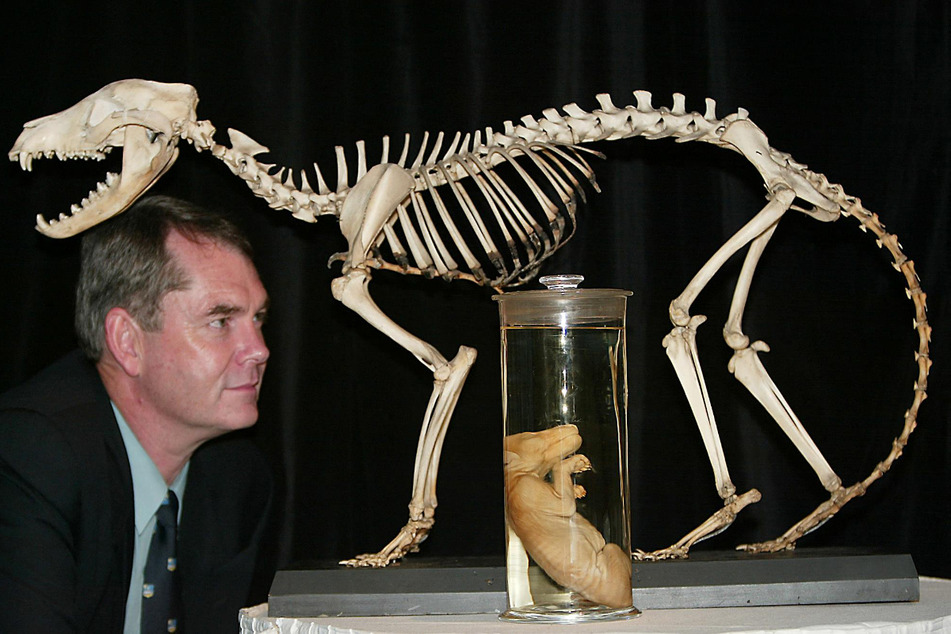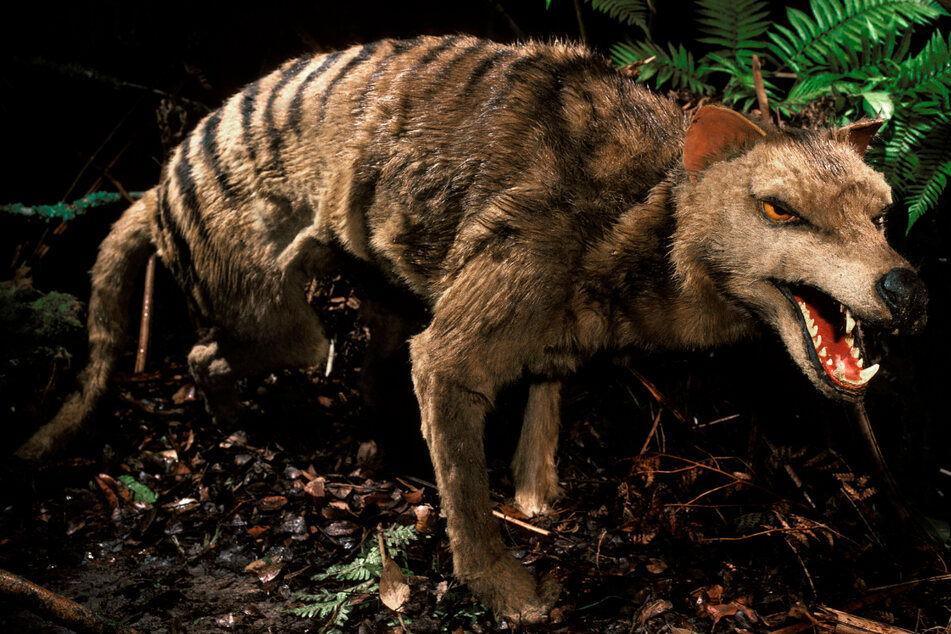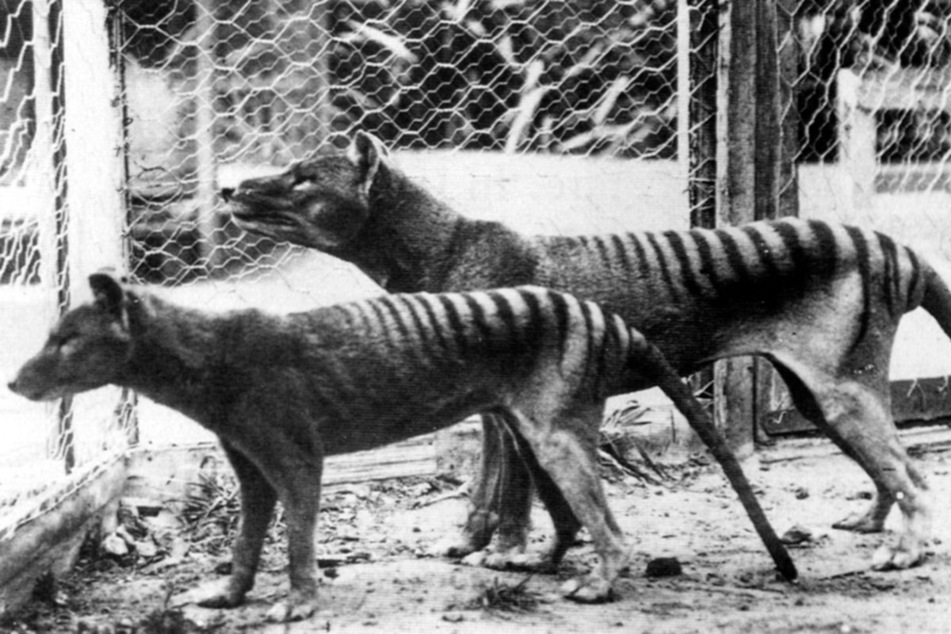Tasmanian tigers may be coming back to life with new project
Sydney, Australia - The Tasmanian Tiger was driven into extinction about a hundred years ago, but now, researchers believe it is possible to bring the Tasmanian tiger back to life.

The hyena-like marsupial known for its striped markings and living mostly in Tasmania, off the Australian coast, until about the 1930s. Now, scientists believe they may be able to make the breed de-extinct by recovering some of its DNA.
"Fifteen years ago, the idea of actually bringing the animal back was science fiction," Andrew Pask of the University of Melbourne told the DPA.
Pask heads up the newly launched TIGRR Lab (Thylacine Integrated Genetic Restoration Research), which is a challenging undertaking that required researchers to first decipher the genome of a Tasmanian tiger that had been preserved for 100 years.
It's an elaborate process: researchers first had to decipher the genome of a Tasmanian tiger that had been preserved in alcohol for 100 years. In 2018, Professor Pask's team published the first complete genome sequence of the animal.
And they've been on their way towards making a comeback ever since.
What happened to Tasmanian tigers?

Besides in Tasmania, Tasmanian tigers also once existed on the Australian mainland and in New Guinea, where the animal, which competed with the dingo and was hunted by humans, disappeared about 2,000 to 3,000 years ago.
But in isolated Tasmania, the pouched "wolves" managed to survive - until Europeans colonized the island in the 18th century. The predator, known as the sheep killer, was hunted to extinction, and the government even offered a reward for each specimen shot.
With the deciphered genome sequence, however, the TIGRR Lab is now only at the beginning of its mammoth project. #
"We can't create life from a dead specimen yet. We always have to start with something living," Pask explained. That's why such projects, known as "de-extinction," search for the closest living relative of the extinct animal.
In the case of the Tasmanian tiger, the choice - coming as somewhat of a surprise for most - was the thick-tailed narrow-footed pouched mouse, which is also widespread Down Under.
How did the Tasmanian tiger evolve from a mouse?

How exactly do scientists get from a mouse to "resurrecting" a "tiger?"
The mouse's DNA is altered or "edited" until it matches the Tasmanian tiger's hereditary code.
"We're essentially converting our mouse genome into a marsupial wolf code in a living cell," said Professor Pask, adding that if the team is successful, cloning technology could be used to create an entire marsupial wolf embryo that would then be carried to term by the narrow-footed marsupial, which is only about 4 inches tall.
"One of the great things about marsupials is that they give birth to tiny babies," Pask explained, adding that Tasmanian tiger babies are about the size of a grain of rice at birth, so a mouse could also carry a Tasmanian tiger's baby.
The cub would then be raised in the lab, after which - if everything goes smoothly - the predator would be released back into its natural habitat in Tasmania.
Can Tasmanian tigers become de-extinct?
Some scientists doubt the project can succeed.
"I still don't think we have anywhere near the technology that can really recreate an extinct animal," Professor Jeremy Austin of the Australian Center for Ancient DNA told the Sydney Morning Herald newspaper, expressing doubts. De-extinction, he said, is "fairy tale science," and is more about publicity for the researchers involved.
Another species conservation expert, Anne Hanschke of WWF Germany, also chimed in: "Such genetic engineering projects are not the way out of the biodiversity crisis."
She added that such projects cost a lot of money and that it is more important to address the causes of species extinction, such as habitat destruction, overexploitation of the environment, and the climate crisis.
Cover photo: IMAGO / Ardea

